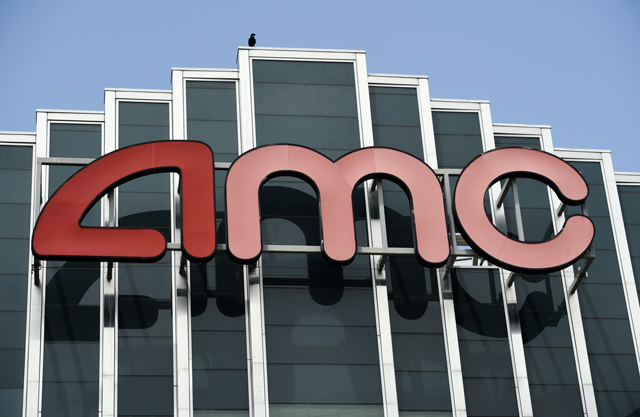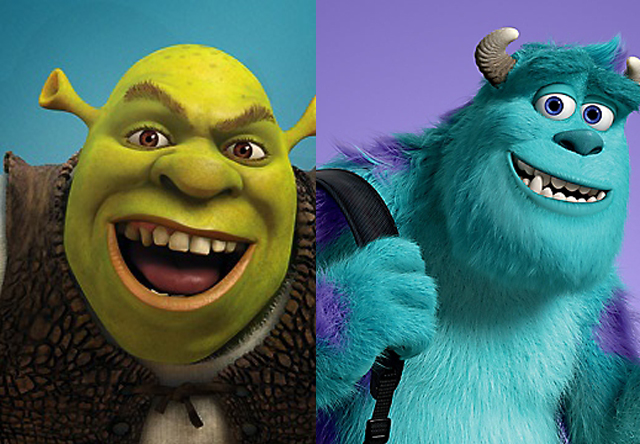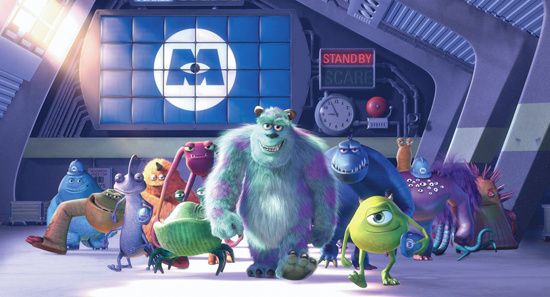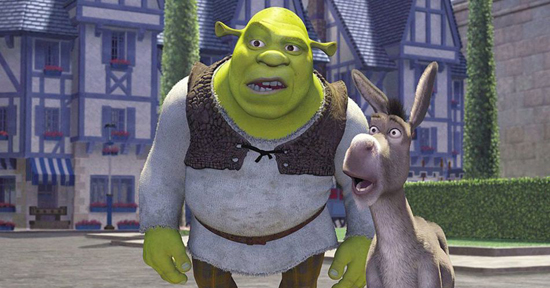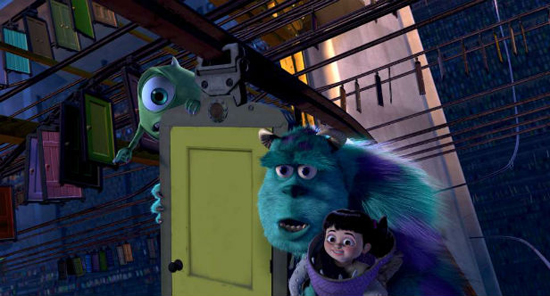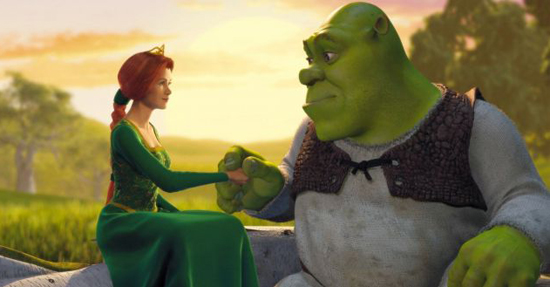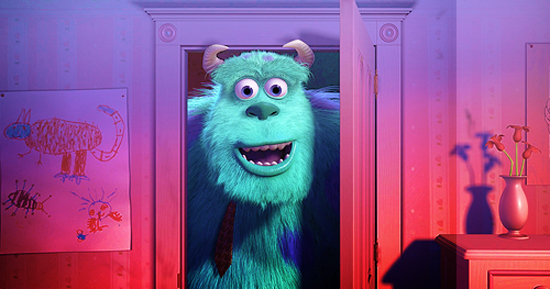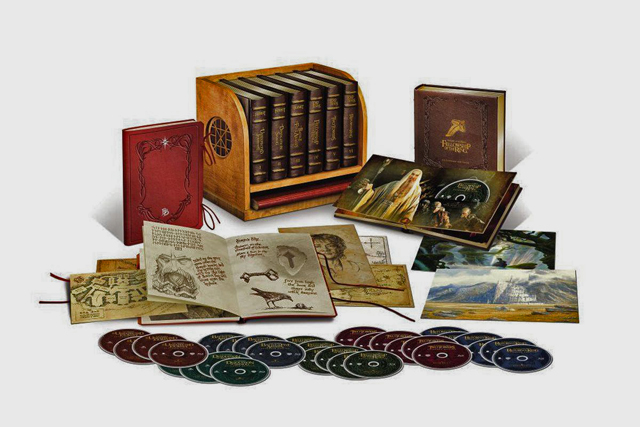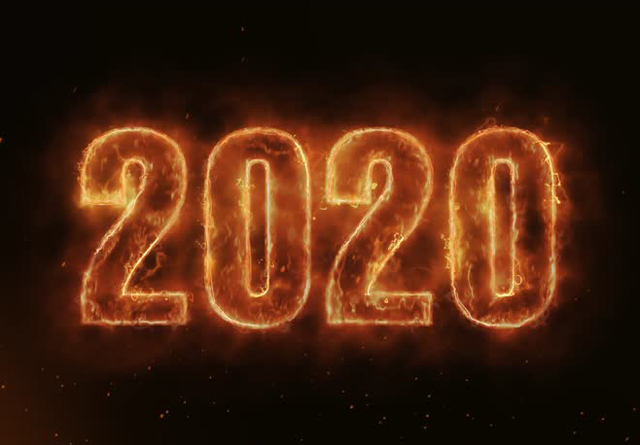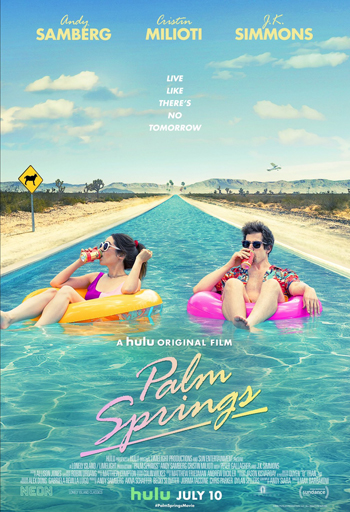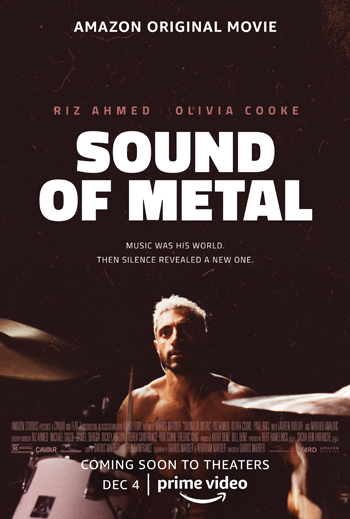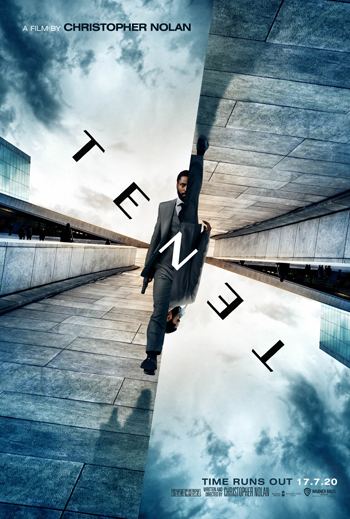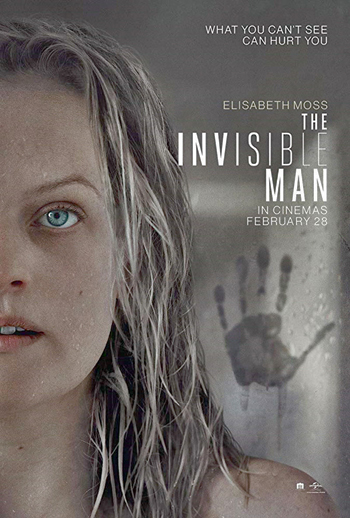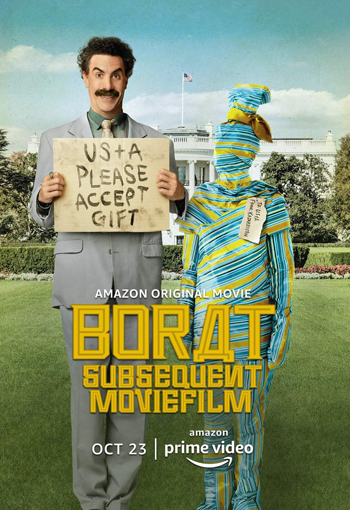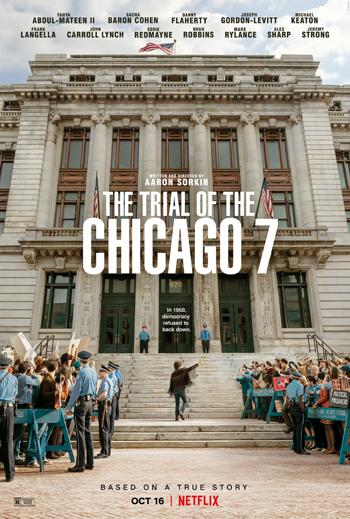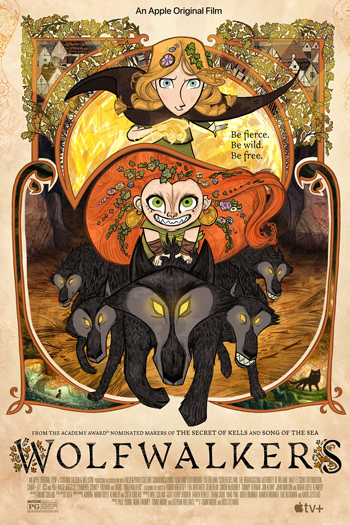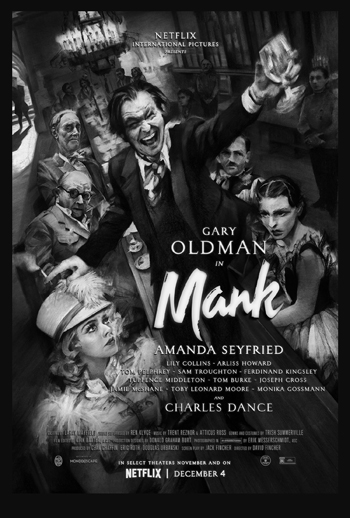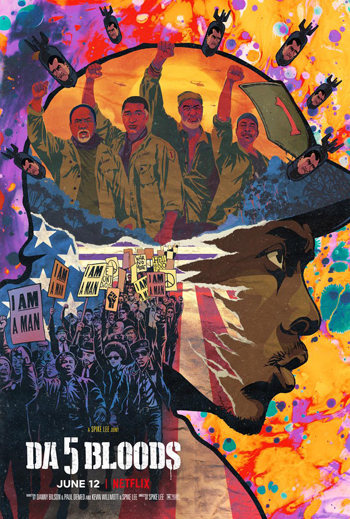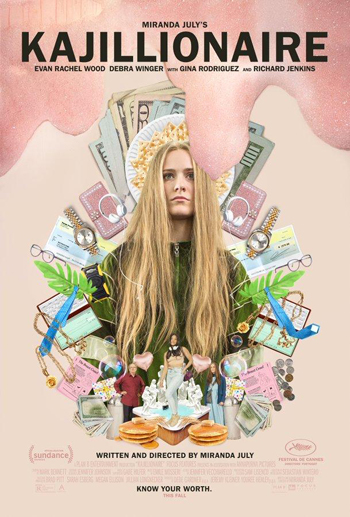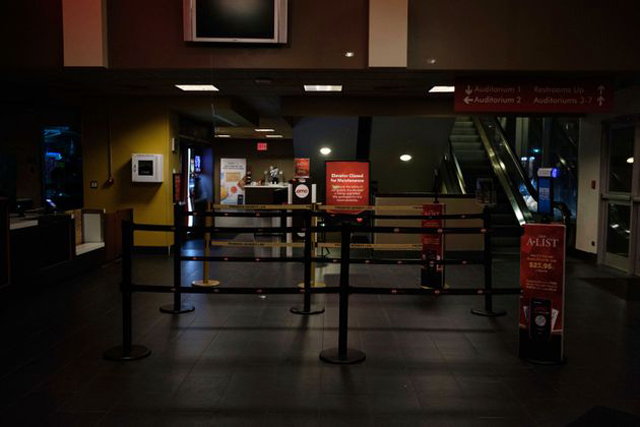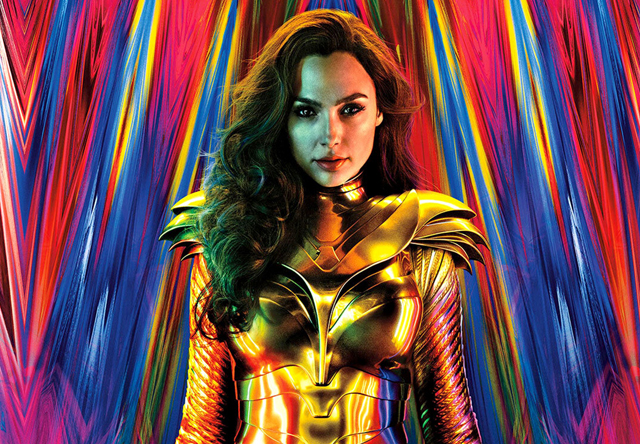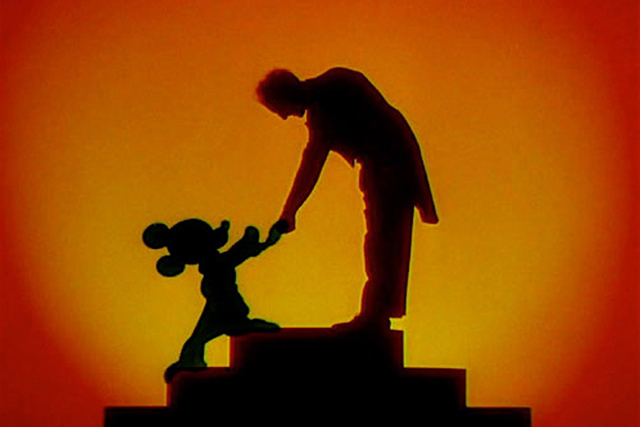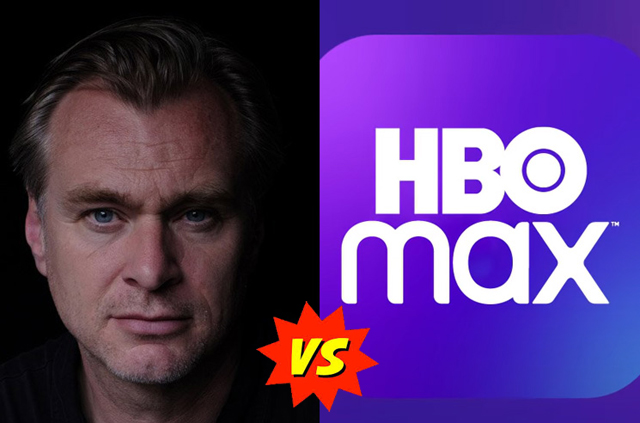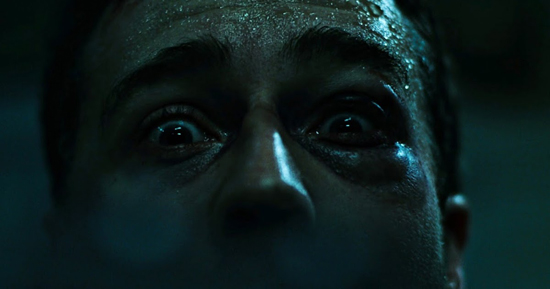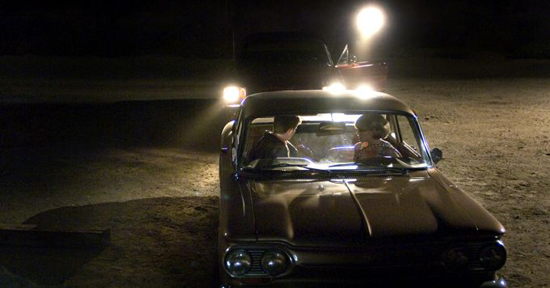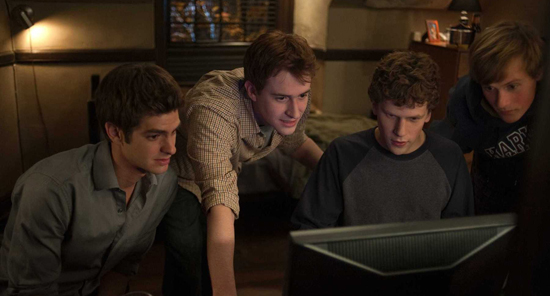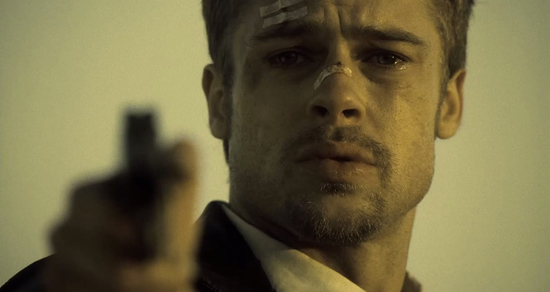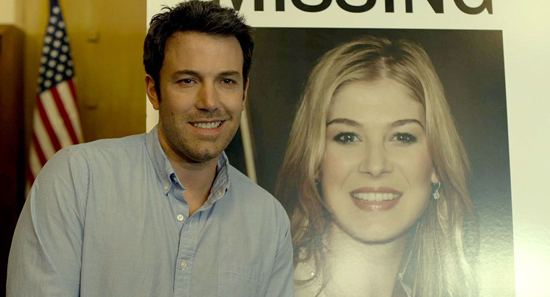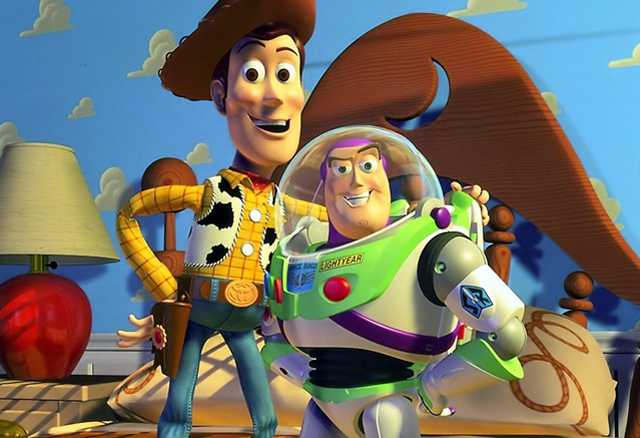
There’s no doubt about it. The moment Computer Generated Imagery was adopted as a tool for filmmaking, cinema was forever changed. Though visual effects had been around since the advent of celluloid, the digital age opened up so many more possibilities for filmmakers to make the impossible appear possible. Of course looking back on early computer imagery compared to what is possible today, you can certainly see where even in the beginning there were limitations. And yet, the technology took the industry by storm and is now an integral part of the filmmaking process, no matter how big or small the movie may be. But, perhaps the most profound area in which CGI left it’s mark the most was in the field of animation. What was once a tool to enhance traditional animation to make it more dimensional (such as with the ballroom sequence from Beauty and the Beast) evolved into the very thing that would drive the hand drawn medium to near extinction in less than a decade. In the 21st century, practically every animated movie now is produced with computers; a far cry from the pencil and paper method of the previous century. Luckily for the industry leader in animation, Disney, they saw the writing on the wall early, and made sure that they had partnered with the studio that was at the forefront of this new frontier. Pixar, founded by software engineer Ed Catmull and former Disney Animator John Lasseter, with financial backing by Apple CEO Steve Jobs, quickly rose to prominence in the 80’s and 90’s as the leaders of the burgeoning computer animation industry. Having picked up a couple Academy Awards along the way for their acclaimed shorts, they were approached by Disney to take the next step forward and partner up on what would be the first ever feature length animated movie.
But what would work as the subject for the first ever computer animated film. The traditional Disney fairy tale would not have worked, as it was too complicated to animate given the limitations of the technology at the time. And Pixar was looking to define it’s own identity outside of what Disney was famous for making. The inspiration for what they would ultimately make would come from their 1988 Oscar-winning short subject, Tin Toy. In that short, the main character is a little tin drummer toy that comes to life, something that CGI could give stunning, life like reality to. From that, Pixar devised the idea of a story centered around what toys do when people aren’t around, and imagined if they come to life and play around on their own. Thus, we get what would ultimately become the first ever computer animated film, Toy Story. But even after devising that concept, making it a reality would prove even harder to pull off. Pixar was about to push the medium of computer animation further than it had ever been before; both in environmental design and in constructing character. New rendering programs would need to be invented on the fly, just to make the characters feel like they were actually alive. And it had to work as a story as well. A near disastrous first pass at the story almost got the movie canceled by Disney, as the movie was deemed too slow and it’s main character was viewed as too mean. Ultimately, Pixar managed to figure it all out, and Toy Story not only managed to become a success, it also began a revolution in animation that continues to this day. What’s even more remarkable is that even a quarter of a century later, Toy Story is still just as powerful today as when it first came out, and even managed to a continue on as a franchise where each new film is equally as celebrated as the first. Looking at each movie in the franchise, let’s see how exactly each movie managed to build on the one before, and also display the incredible advances that computer animation went through over the same amount of time.
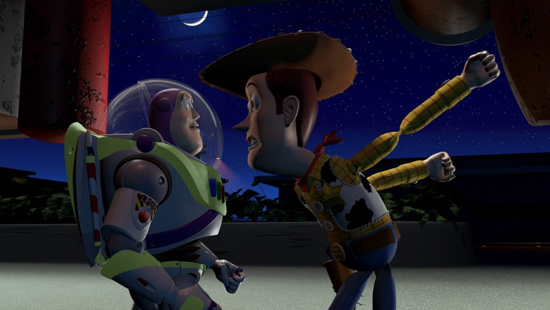
TOY STORY (1995)
The one that started it all. You’d probably have to go all the way back to Walt Disney’s Snow White and the Seven Dwarves (1937) to find another movie that left as much of an impact on animation as this one did. With Pixar founder John Lasseter at the director’s helm, and future Pixar titans like Andrew Stanton and Pete Doctor involved in crafting the story, Toy Story would become the standard bearer that would define every movie that would come after it. It’s deceptively simple story, about a cowboy doll named Woody (voiced by Tom Hanks) being replaced by a space based action figure named Buzz Lightyear (voiced by Tim Allen) as the new favorite toy of a young boy named Andy, reveals surprising layers of emotion and complexity as it goes along; something that would be a Pixar trademark. What is striking about Toy Story is just how well it all comes together. Even with the primitive capabilities of computer animation at the time it is amazing how the movie still holds up all these years later. I think it’s because that plastic-y look of early CGI just works for characters that are made of plastic, so even after over 20 years, the characters still feel authentic. But as mind blowing as the animation was for it’s time, what really makes the movie work as well as it does is the dynamic between it’s two leads. Woody and Buzz are a film duo for the ages, and their growth from adversaries to friends over the course of the movie is what carries the heart of the movie. Hanks and Allen are also perfectly matched voices for these two as well, and their casting couldn’t have been more fortuitous for Pixar as by the time Toy Story hit theaters, Hanks had won back to back Oscars and Allen had the #1 sitcom on TV. A well rounded supporting cast that included comedy legends like Wallace Shawn, Don Rickles, and Jim Varney also helped.
There is a universal story at the center of the movie that no doubt played a part in making it appeal to all audiences. But it is surprising that it took a while for Pixar to find that heart at the center of the movie. Initially, Woody was portrayed as a bit of a bully in the original pass of the story, as the filmmakers believed that they needed a protagonist with a little bit of an edge to him. Unfortunately for them, it made the character too unlikable. Apparently, Disney CEO Michael Eisner hated the original script of the story and threatened to shut the project down because of this hard cynical take on the character. And thankfully, Lasseter and Company were in agreement. They recognized that there was no place for a mean spirited character at the center of their movie. They needed to soften the character in order to make it work, and that’s just what they did. One thing that helped is that they centralized the movie more around both Woody and Buzz, with Woody’s fear of replacement driving him down a bad road and Buzz slowly realizing that he is indeed a toy and not a real space ranger. As the movie goes along, that character dynamic drives the heart of the film, and we as the audience grow to love both of them, both for their faults and their strengths. They are perhaps two of the most well-rounded characters that you’ll find anywhere in the medium of animation, and that’s saying something for characters that are essentially play things for children. The thing that made the movie soar most of all was that the team at Pixar just followed their guts and made the movie that they would enjoy watching, which really gave it it’s universal appeal to audiences of all ages. It’s funny and charming, and remarkably timeless in a way you wouldn’t expect from a groundbreaking experiment in new technology.
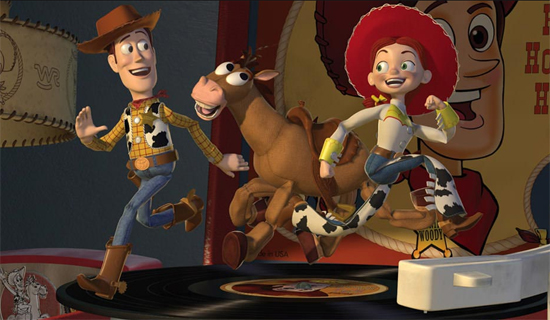
TOY STORY 2 (1999)
Naturally when one movie becomes a smash hit, talk of a sequel is inevitably going to follow. Unfortunately for Pixar, the beginnings of sequel talk came at a time when Disney was deep into it’s Direct to Video sequel phase. The studio was resoundingly criticized for it’s heavy reliance on cheap sequels to it’s beloved classics during the late 90’s and early 2000’s, and shockingly it was moving in that direction with Toy Story as well. A follow-up to the box office hit was quickly put into production with the same team, but as development went along, it became clear that a movie like this shouldn’t go straight to video; it belonged on a big screen. So, Toy Story 2 was spared the indignities of Direct to Video hell and was given the full blown sequel treatment. And it’s a good thing too, because Toy Story 2 not only matches it’s predecessor, it surpasses it in every way. The idea behind the sequel is a brilliant one; delving deeper into Woody’s character as he learns that he’s a highly prized collectors’ item with a long history. Through learning more about his place in the world, Woody is confronted more with the fact that Andy will one day be too old to play with him, and that would be the end for him. It’s strange to think that a movie about talking toys would involve a deep existential questions about loss and finding one’s purpose, but that’s what Toy Story 2 manages to include in it’s narrative. It also expanded the story in a profound way, with the addition of a key new character in the yodeling cowgirl Jessie. Jessie (voiced by Joan Cusack) is a vibrant, funny new addition to the cast, but she has a tragic backstory of abandonment that also defines her. The highlight of the movie comes in the form of a song written by Pixar stalwart Randy Newman and performed by Sarah McLaughlin that shows how Jessie lost her favorite child owner. In that singular song, Pixar would establish the one other trait that would define them as a studio; it’s ability to bring an audience to tears. Quite a place for Pixar to be at with only their third ever feature (after the original and A Bug’s Life). They were called upon to make a cheap, throw away sequel by Disney, and instead they made on of the best sequels of all time.
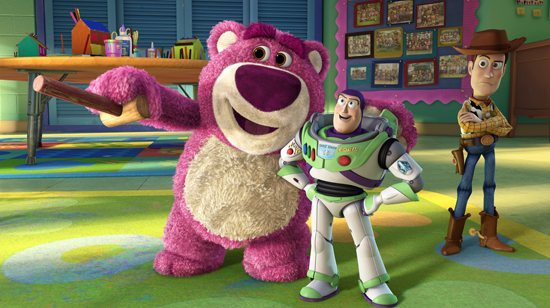
TOY STORY 3 (2010)
For the decade that followed, Pixar would spend it’s time building it’s reputation further with a flurry of brilliant original new features before they even entertained the idea of trying another sequel. It would be a full 11 years after Toy Story 2 that a third movie became a reality. By this time, the other two movies had become beloved and untouchable classics, so a third Toy Story seemed to some to be a little superfluous. But, under the new guidance of director Lee Unkrich, Toy Story 3 would again prove that this franchise still had more surprises left up it’s sleeve. One of the things that surprisingly worked in the movie’s favor is the lengthy passage of time. Here, we find Woody’s worst fears finally coming to a head, as Andy is now all grown up and ready to give up all his toys. Thanks to his growth since the last movie, Woody is more or less prepared for this inevitable day, but it’s the fate of the other toys that are his family that drives his concern throughout the movie. The film theorizes the different kinds of fate that the toys might face when they no longer have a home. There’s a preschool where the toys are treated more like inmates at a prison, and there’s a fateful near annihilation that they also almost face in an incinerator. The toys are given a loving new home once Andy passes them along to a sweet little girl named Bonnie in the end, and the movie ultimately shows how to let go of a loved one in a way that ultimately feels fulfilling and hopeful. The final note that the movie leaves on, with Woody and Andy saying their goodbyes is a perfect coda to the arch that they’ve been on for the past three movies. That’s ultimately what makes Toy Story 3 so worthwhile in the end. It also gives us the best villain in the series as well, with the subtle brutality of Lotso Huggins Bear (voiced brilliantly by Ned Beatty). Toy Story had a passable heavy in the demented boy next door Sid, and 2 even gave us a trio of villains (Zurg, Al, and Stinky Pete), but Lotso comes with the most compelling backstory and most dominant presence within the series, and he is likewise the best new addition to the series. Also of note is the hilarious performance of Michael Keaton as the Ken doll. Even with all that, it’s Pixar’s unshakable ability to do right by their beloved toys that ultimately makes this third film a worthy addition to this franchise.
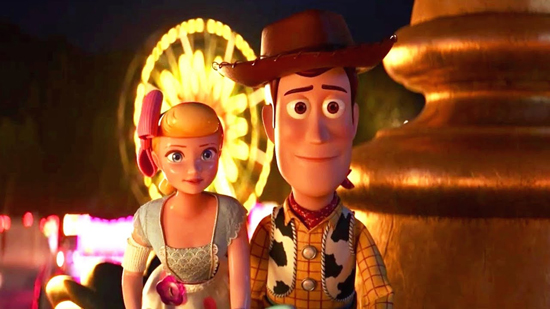
TOY STORY 4 (2019)
You would think that it would be crazy to go beyond the absolutely perfect final note that Toy Story 3 left us on, with the completion of Woody and Andy’s story. But, for Pixar veteran Andrew Stanton, it’s not where he envisioned Woody’s story would end. After another 9 years since the last installment in the series, we were given a follow-up to the adventures of the toy gang in Toy Story 4. With director Josh Cooley this time at the helm, the story written by Stanton and newcomer Stephany Folsom brings a surprising new angle to the forefront, and that’s the underlying love story between Woody and Bo Peep (voiced by Annie Potts). Bo Peep had been there for emotional support in previous movies, but here, she is given the full spotlight alongside Woody, and their relationship is focused on with more importance than ever before. Her life outside of the world of Andy’s Room opened her up to more possibilities and she ends up sharing those with Woody, further showing him a different outlook on what he could be doing with his life. As we see, despite trying to put the most positive spin on it, Woody is not being played with by Bonnie in the same way that he was by Andy, and Bo Peep ultimately shows him that life outside the play room is where he should be. Remarkably, it manages to breath new life into a series that most of us long thought had exhausted all of it’s best tricks. We thought that saying goodbye to Andy was where it should have ended, but the real true ending is Woody saying goodbye to the other toys. I dare any of you to not tear up the moment Woody and Buzz have their final hug together. It really honors the lengthy history that these two character have had together and shows that, yeah, this is a fitting ending to this story. Toy Story 4 also shows just how far animation has come since the first film, as this is probably the most gorgeous looking film in the series. The nighttime scenes lit up by carnival lights in particular stand out. And even still, these characters still feel just the same as when we first met them. Fun new addition include a hilarious daredevil action figure named Duke Caboom (with the inspired casting of Keanu Reeves as the voice) as well as Forky (voiced by Tony Hale), probably the strangest character in the entire series overall. We all believed that a movie like this was impossible, but Andrew Stanton indeed showed there was more story worth telling, and we’re all rewarded for having it come true in the end.
A movie like Toy Story really is one of those once in a generation kinds of phenomena that changes cinema forever, so it’s even more remarkable that they’ve managed to make four of these movies of equal quality. They not only managed to make a sequel that surpassed the original, but they made another one a full eleven years later, and even a fourth nearly as long after as that and in defiance of a near perfect ending. There is no doubt that just like the original Toy Story stands as a pinnacle in the history of animation that the franchise as a whole is without equal amongst all other animated franchises. Each one adds something overall to the franchise that is indispensable, and it largely has to do with the different emotional turns that it takes the characters. I don’t think any of us would have cared this much about the lives of toys like this movie makes us do. And that’s largely because through the eyes of Woody, Buzz, Jessie and the like, we see our own anxieties and passions reflected. How many parents out there have connected with the journey that Woody and Andy go through in this series. So many parents know that their time with their children is fleeting, and that ultimately there will come a time when a child grows old enough to live their own life separately, and Toy Story is ultimately about accepting that inevitable step in life with a positive outlook for the future. It’s also a series about finding one’s family, even when it’s not the one you expected. As it stands, Toy Story has concluded it’s tale on just the right amount of story, and anything after 4 would indeed be overkill. There is, however, room for alternative takes on these characters, which is indeed what Pixar is working on now with the spinoff Lightyear, which is an in universe exploration of Buzz’s journey to become a space ranger, played in his early years by actor Chris Evans. For what it is, the four films of the Toy Story franchise are as near perfect of a story arc as anyone could ask for with a story based on toys. While Disney and Pixar set out to put computer animation on the map, the team behind the movie went to infinity and beyond and delivered more than one classic for the ages, all of which will stand the test of time and continue to hold the bar high for this legendary animation studio.
